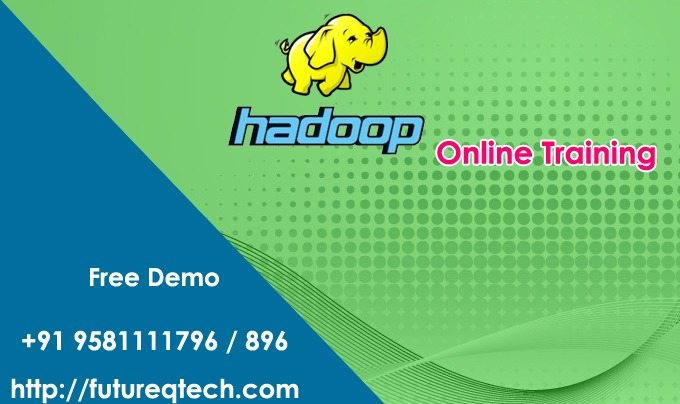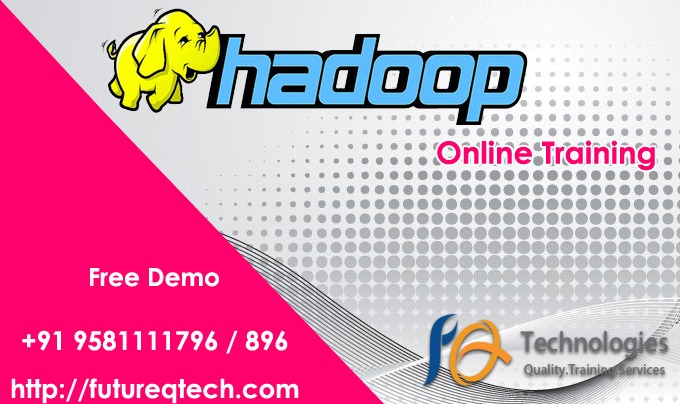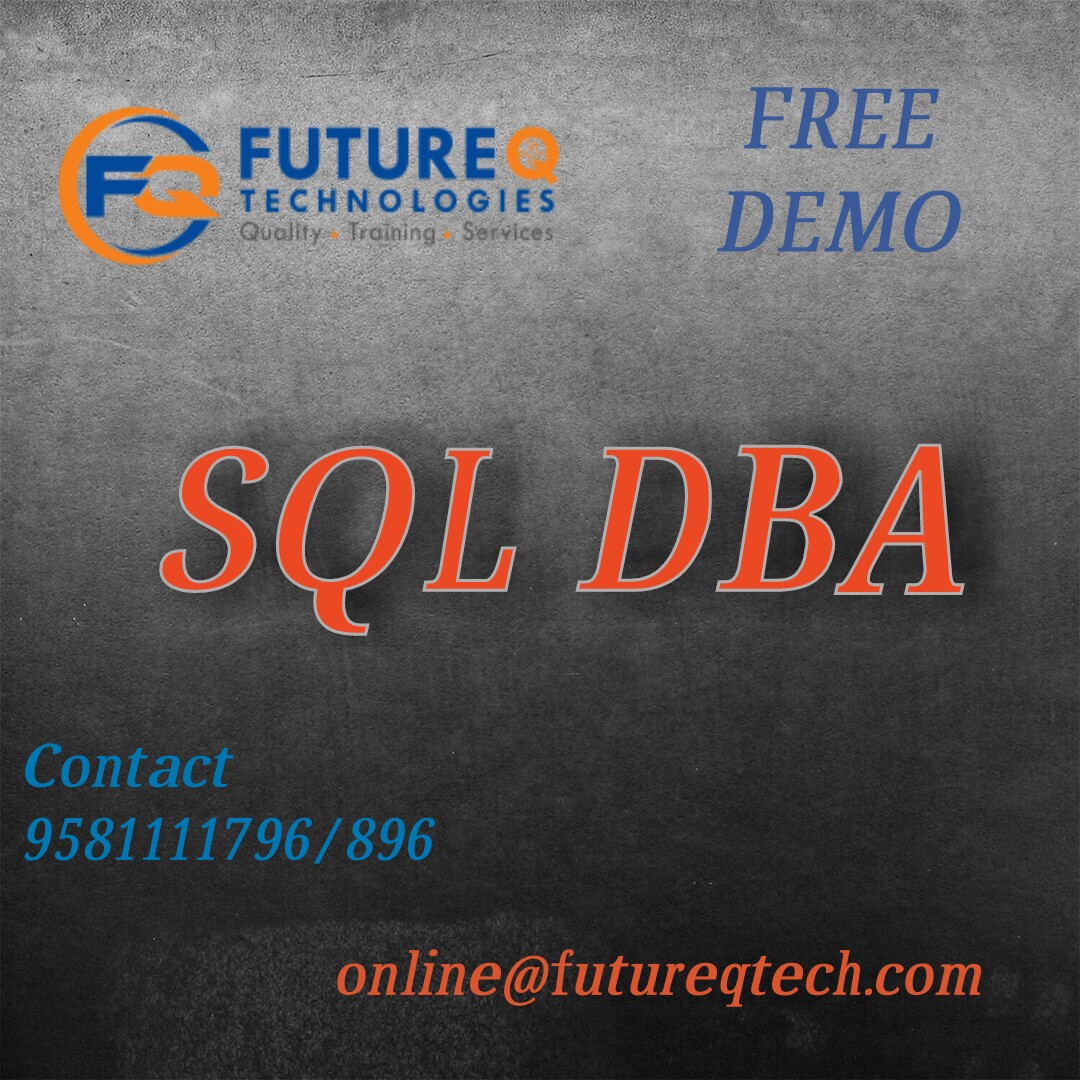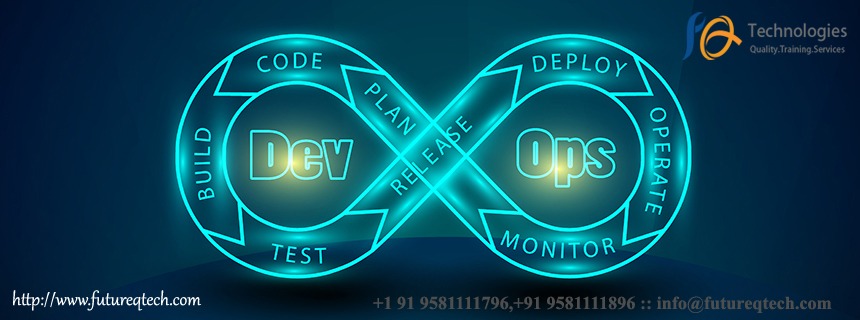Big data can be described by the following characteristics:
Volume
The quantity of generated and stored data. The size of the data determines the value and potential insight, and whether it can be considered big data or not.
Variety
The type and nature of the data. This helps people who analyze it to effectively use the resulting insight. Big data draws from text, images, audio, video; plus it completes missing pieces through data fusion.
Velocity
In this context, the speed at which the data is generated and processed to meet the demands and challenges that lie in the path of growth and development. Big data is often available in real-time.
Variability
Inconsistency of the data set can hamper processes to handle and manage it.
Veracity
The data quality of captured data can vary greatly, affecting the accurate analysis








